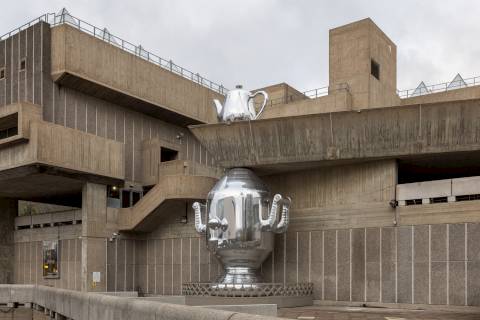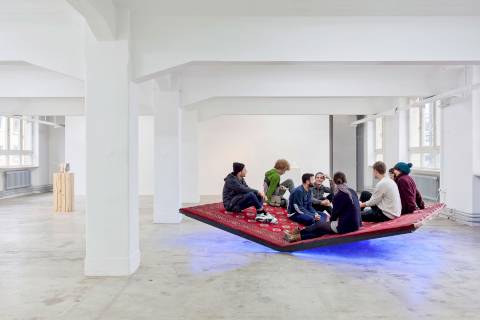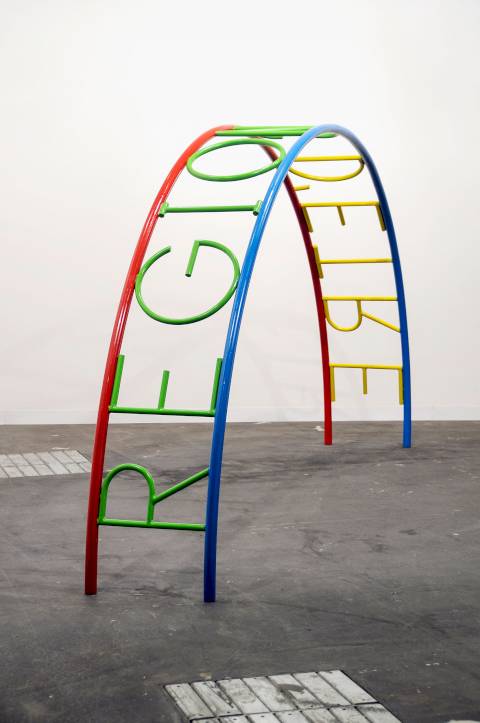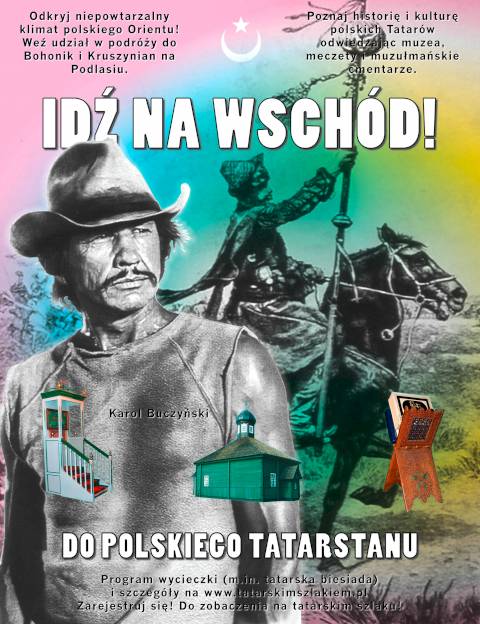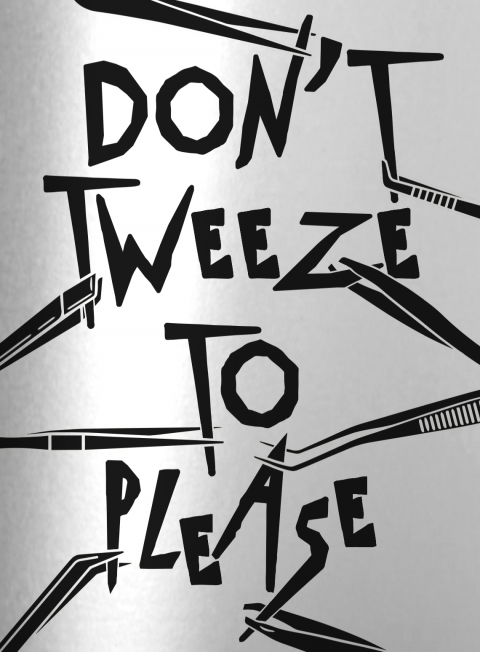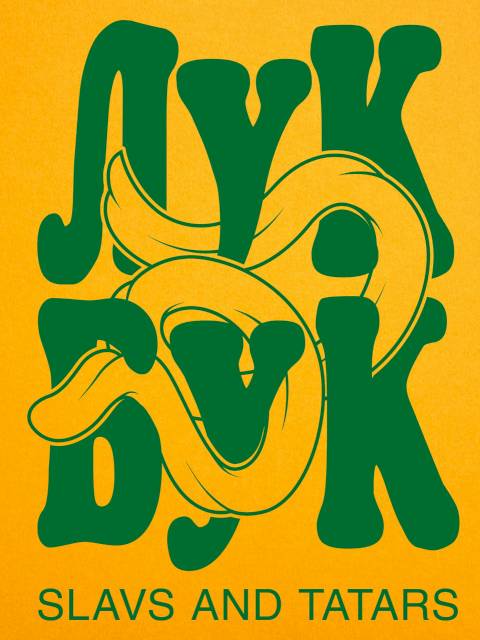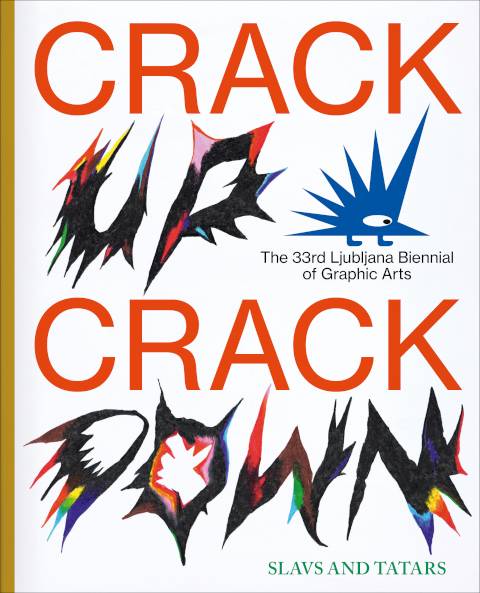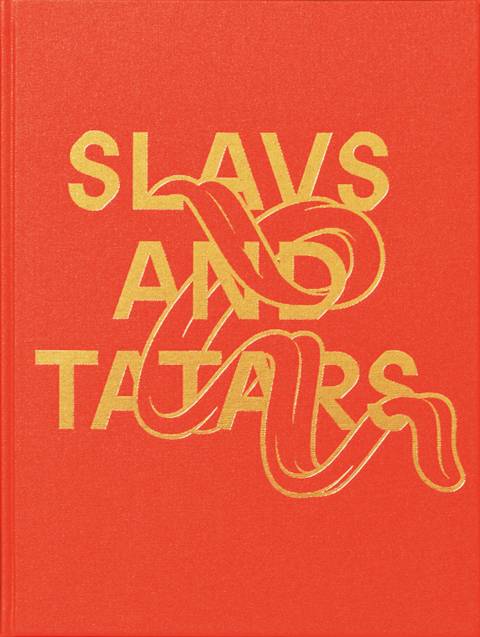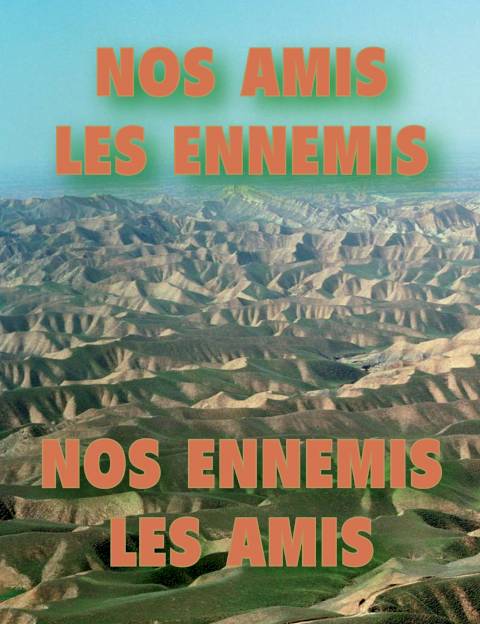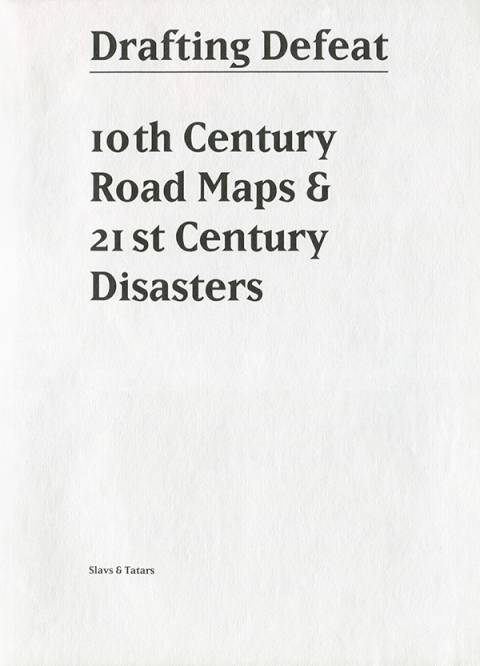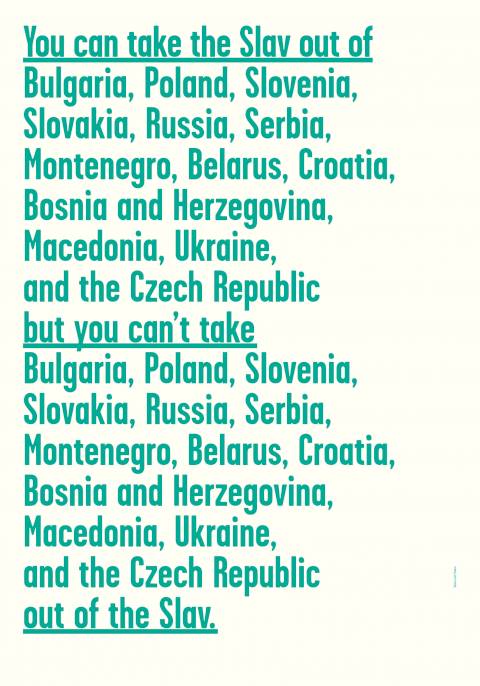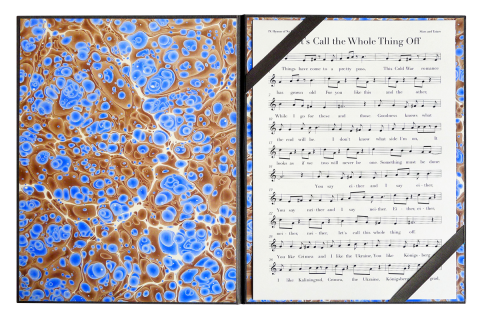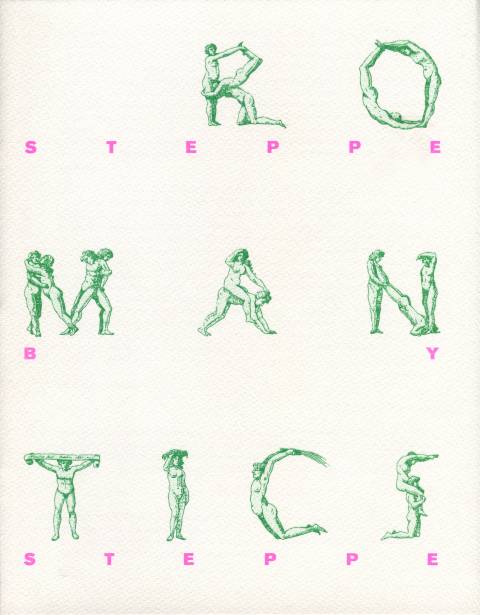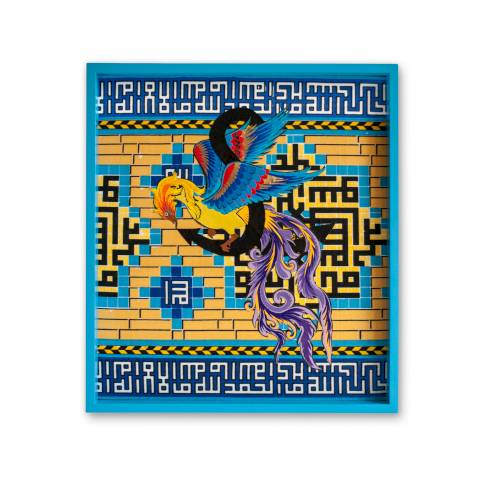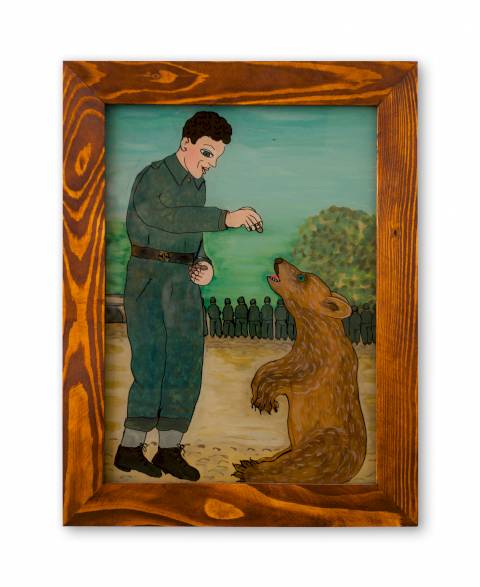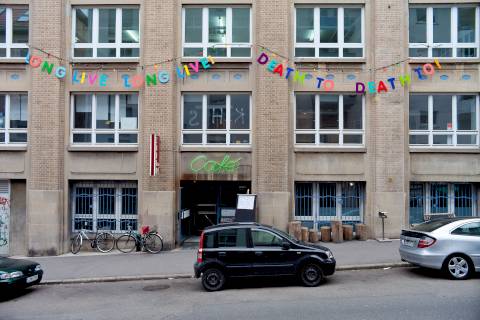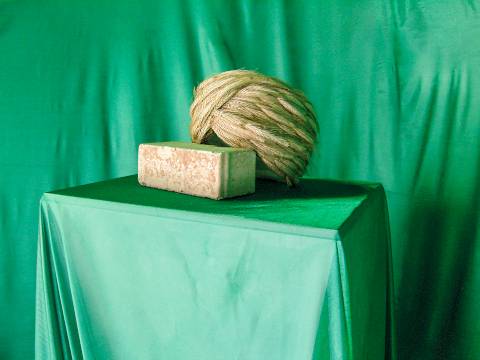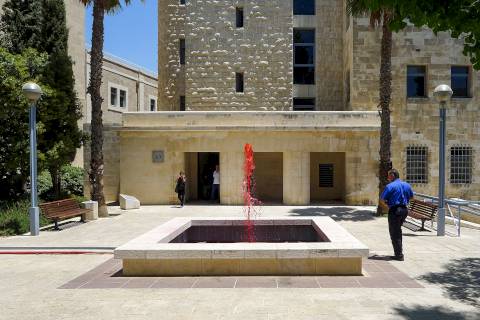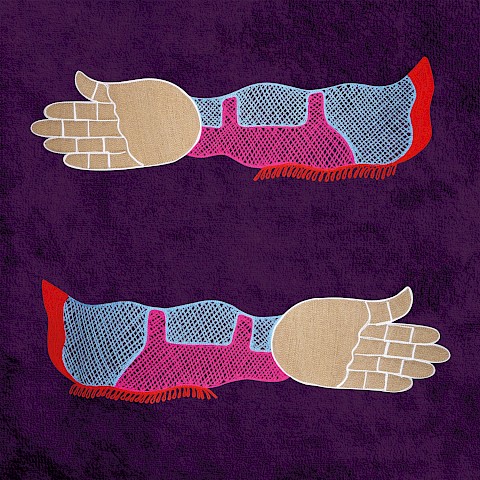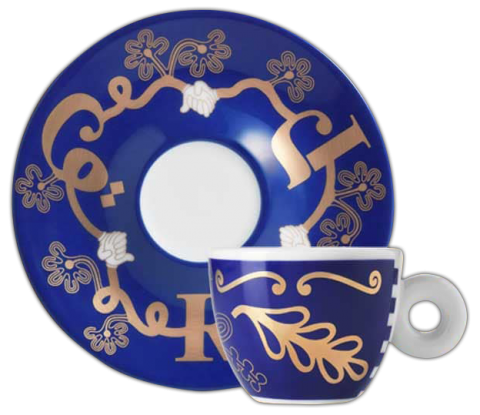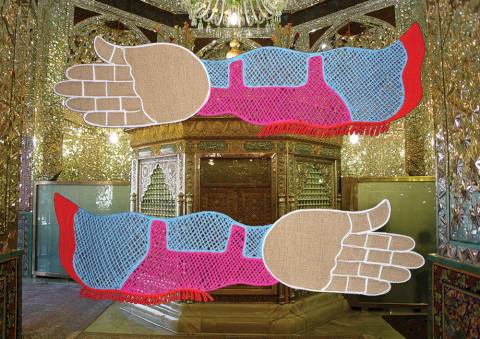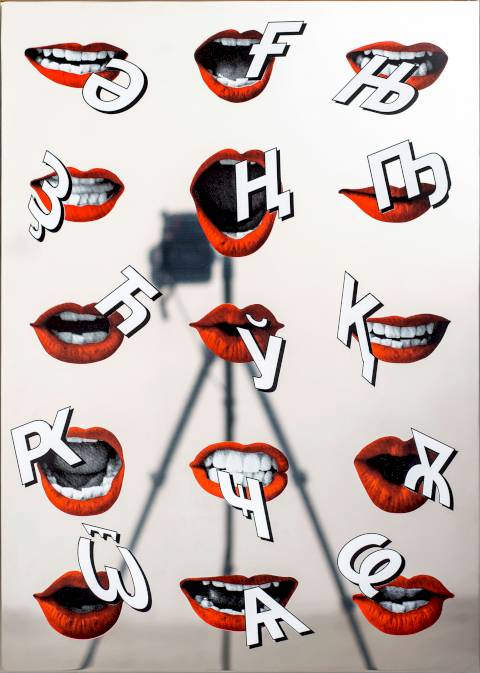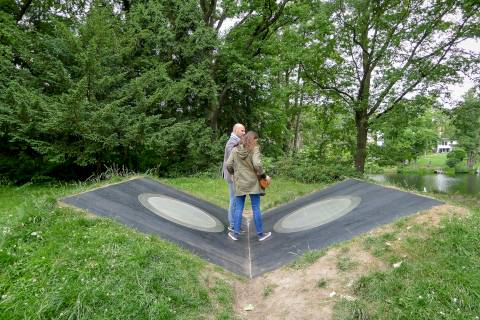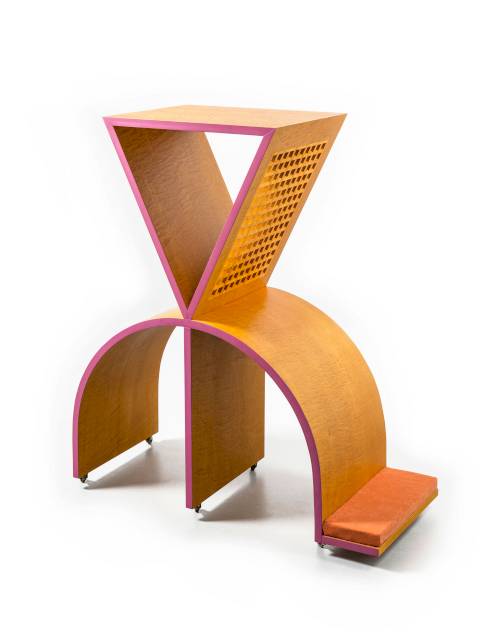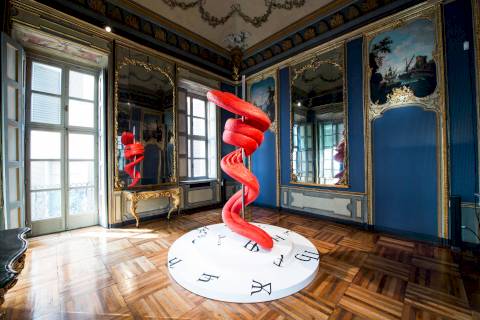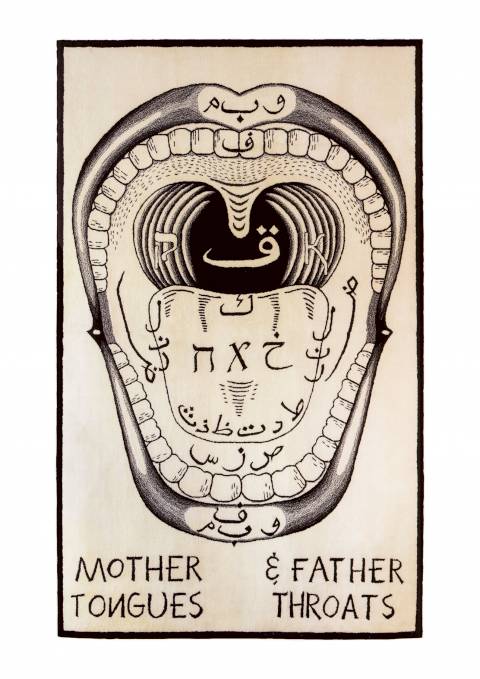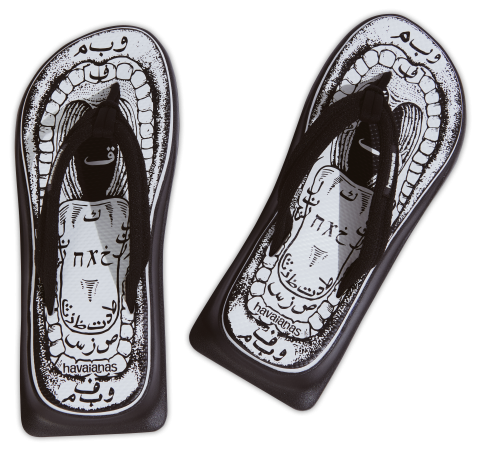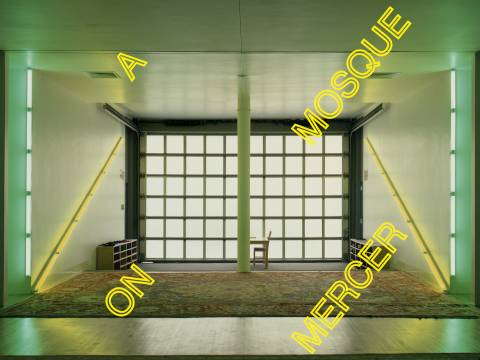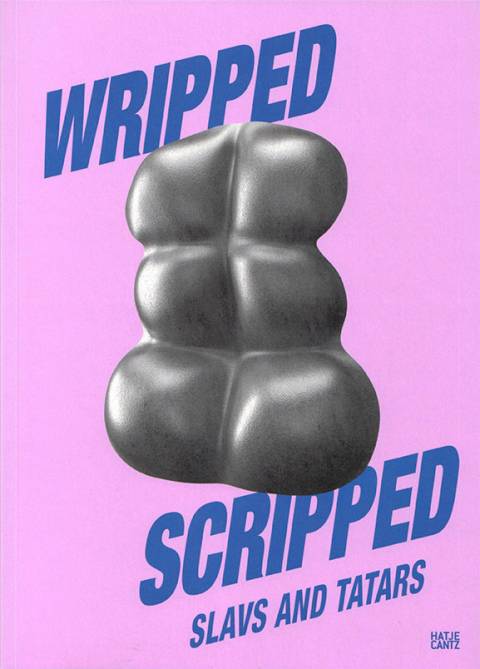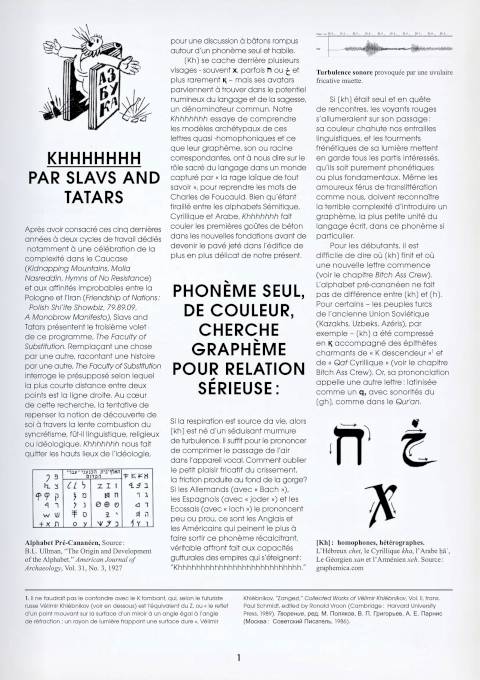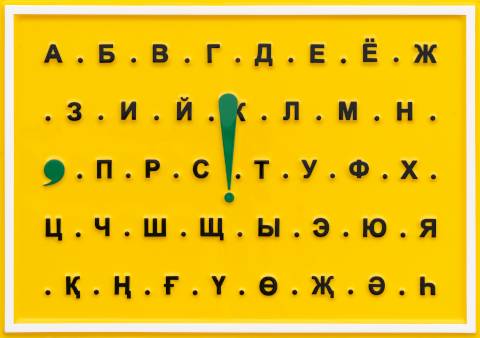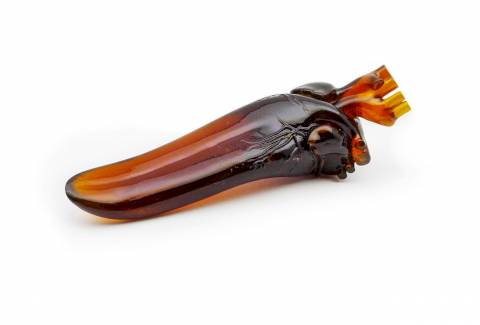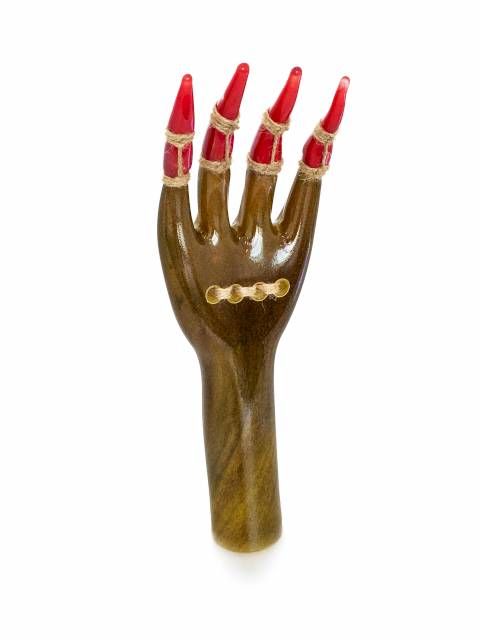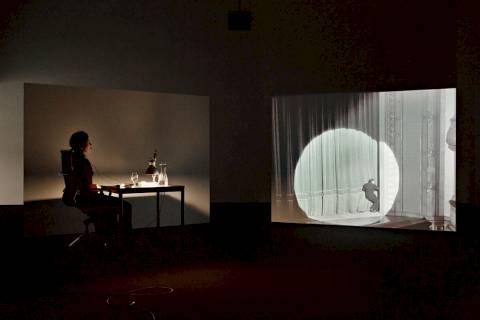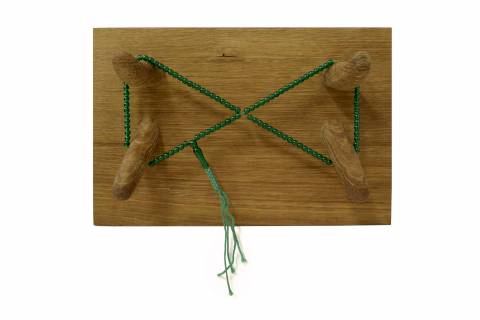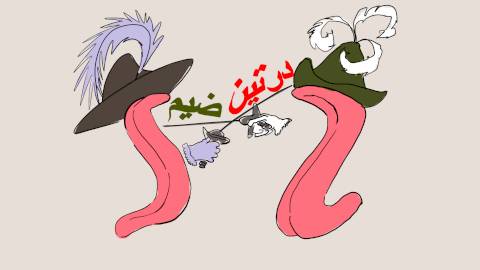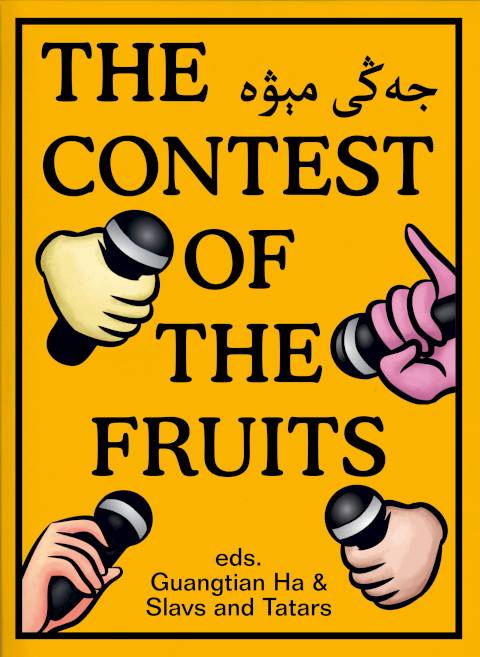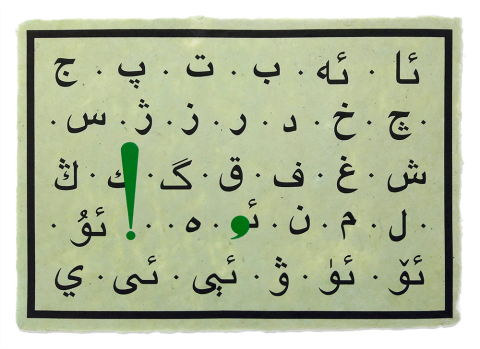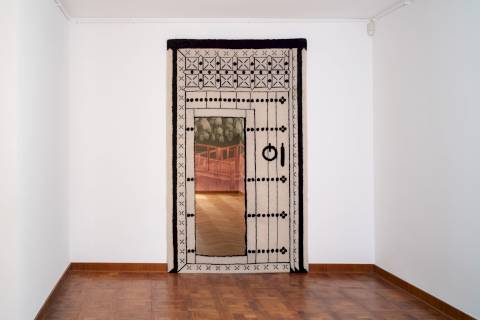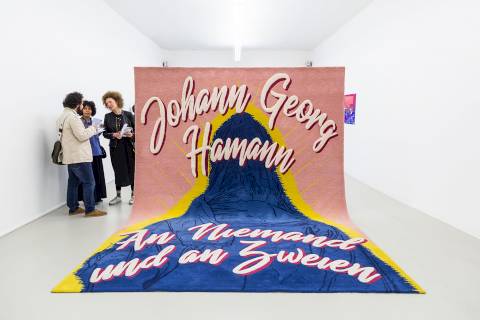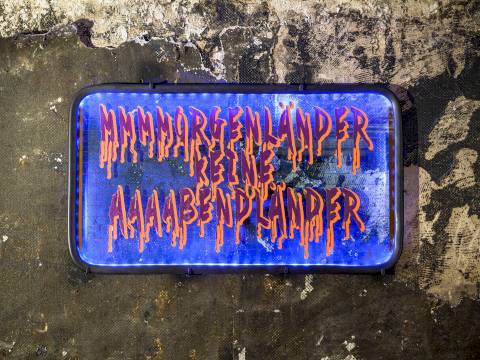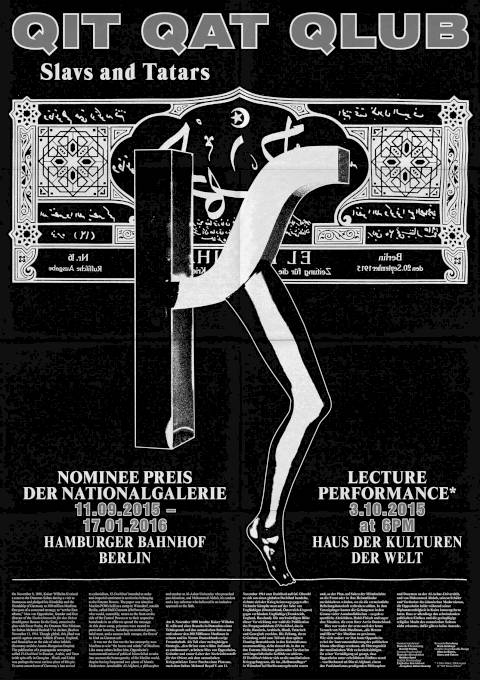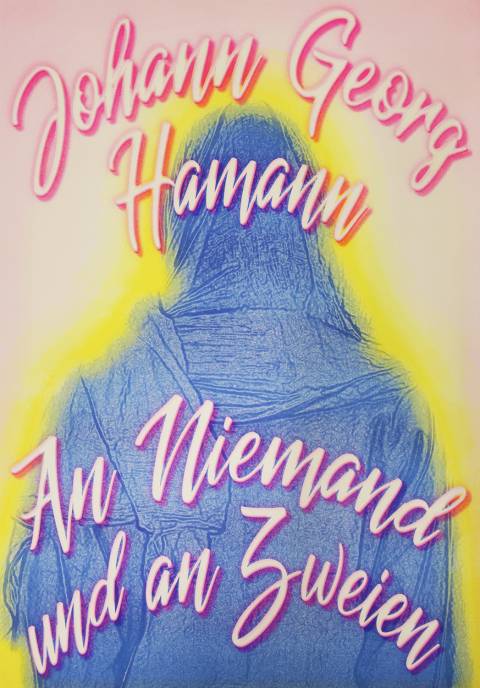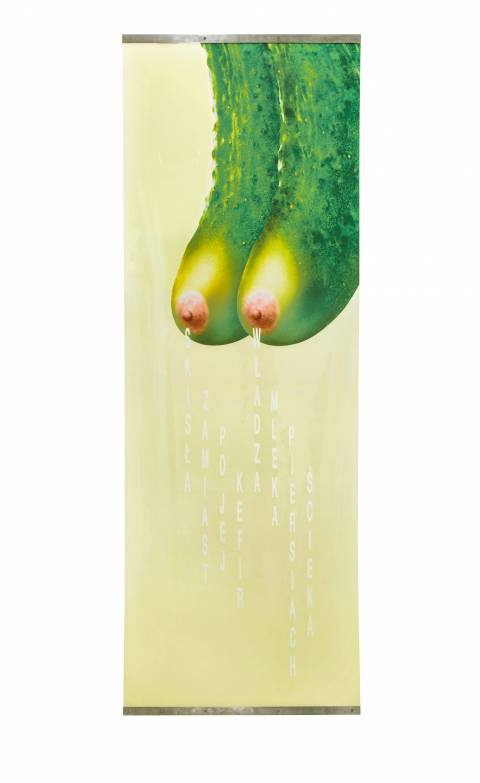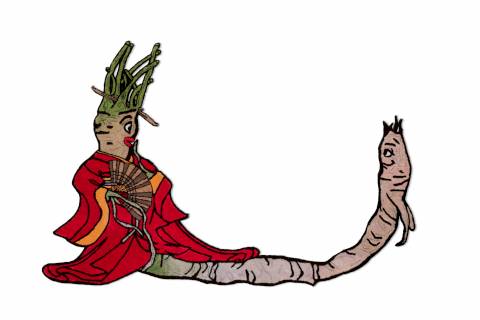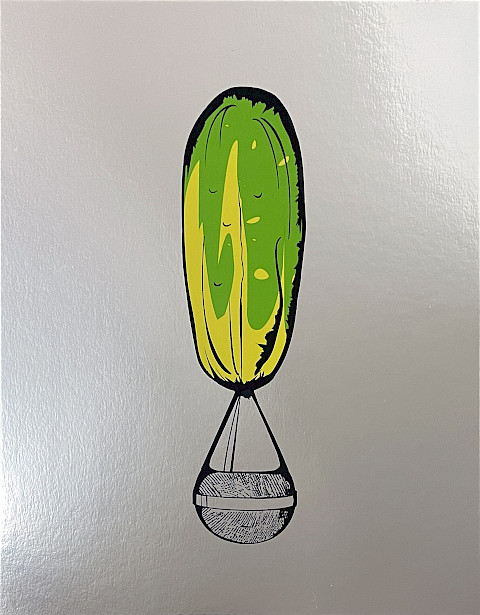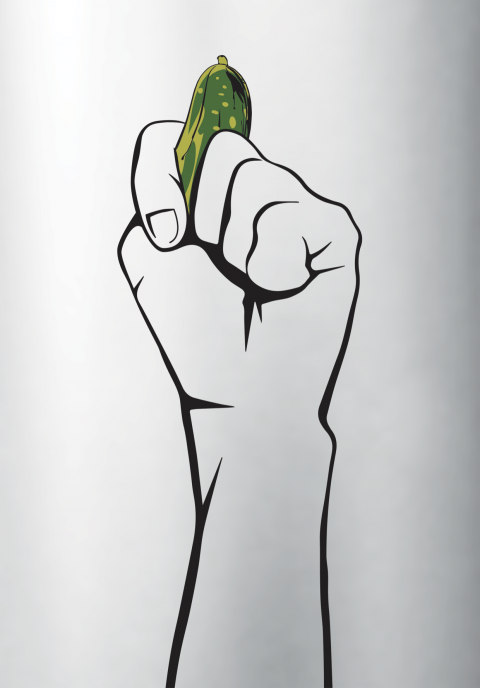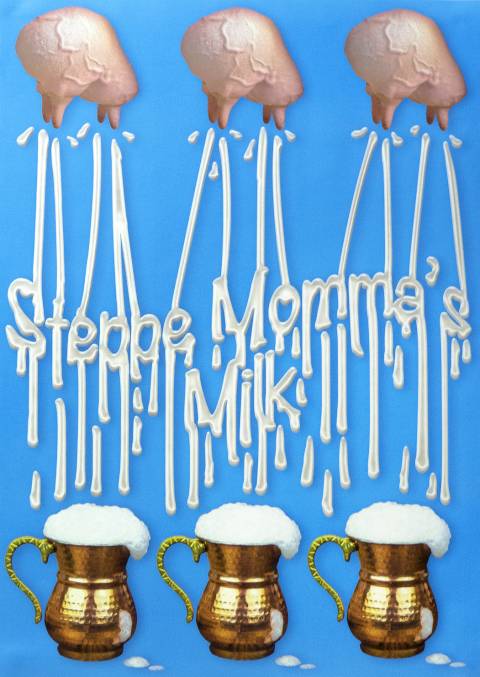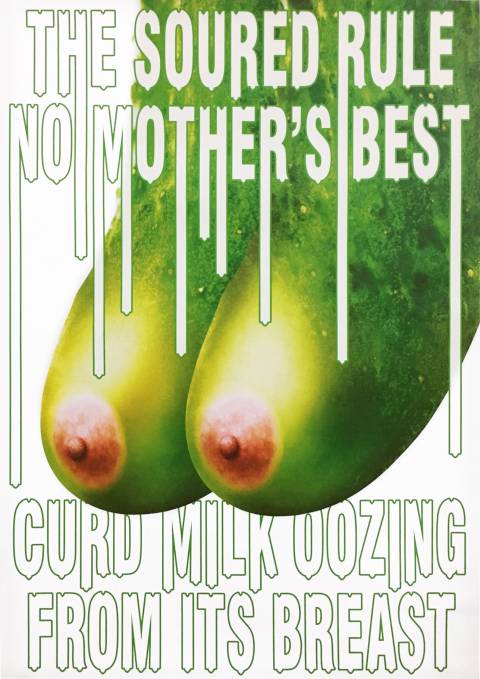The cycle Régions d’être spans the unwieldy geographical remit of Slavs and Tatars – between the former Berlin Wall and the Great Wall of China – while also serving as a prequel to the collective’s practice. Régions d’être is the collective’s term for an area that falls between the cracks of history and general knowledge: largely Muslim but not the Middle East, largely Russian speaking but not Russia, and having a complex relationship with the nation. Yet rather than representing a specific value, history or culture, this ‘region of being’ is as much an imagined, poetic geography as it is a real, political and historical geopolitics.
Group Exhibitions (selection)
Grow It, Show It!
Museum Folkwang, Essen
Pickle Bar: EVROVIZION CROSSING TBILISI
Tbilisi Photography & Multimedia Museum
Pickle Bar: EVROVIZION CROSSING NICOSIA
Nicosia
Carpet Mapping
Kulturstiftung Schloss Britz, Berlin
Chronic Desire
European Capital of Culture, Timisoara
Mirror, Mirror…
Kunstmuseum Heidenheim
Politics in Art
MOCAK, Krakow, Poland
Pickle Bar: EVROVIZION CROSSING NOVI SAD
The Museum of Contemporary Art Vojvodina, Novi Sad
The Poetry of Translation
Kunst Meran / Merano Arte, Merano
Primary Forms
Museum on the Vistula, Warsaw
Eurasia
Museum van Hedendaagse Kunst Antwerpen
A Question of Taste
Pera Museum, Istanbul
The Time Has Come to Talk of Many Things…
National Gallery, Sofia
Between the Sun and the Moon
Lahore Biennale 02, Lahore
Survival Kit 10
Contemporary Art Festival, Riga
Faith Love Hope
Kunsthaus Graz
Holes in the Wall. Anachronic approaches to the here-and-now
Kunsthaus Exnergasse, Vienna
I am the Mouth
Museum of Contemporary Art, Zagreb
Cycle Festival
Gerðarsafn Kópavogur Art Museum, Reykjavík
New Literacy
4th Ural Industrial Biennial of contemporary art, Ekaterinburg
Threads Left Dangling, Veiled in Ink
Galerie Emanuel Layr, Vienna
The Future is Certain; It’s the Past Which is Unpredictable
Calvert 22, London
32nd Biennial of Graphic Arts
mglc, Ljubljana
The Voice
Coreana Museum of Art, Seoul
Frans Masereel and Contemporary Art: Resistance in Images
mu.ZEE, Oostende
SONSBEEK’16: transACTION
Arnhem
Young Poland. Afterimages of Reality
Ludwig Múzeum, Budapest
Labor Relations
Wrocław Contemporary Museum
Metatextile: ruptured narratives, exchanged values
Edel Assanti Gallery, London
La memoria finalmente. Art in Poland 1989-2015
Palazzina dei Giardini, Galleria Civica of Modena
Magic and Power
Museum Marta Herford, Herford
Contour Biennial 7
Mechelen
Czysty język
Arsenal Gallery, Białystok
more Konzeption Conception now
Museum Morsbroich, Leverkusen
Rainbow in the Dark
SALT Galata, Istanbul
Into the Country
SALT Ulus, Ankara
Manifesta 10
St. Petersburg
Take Liberty!
National Museum, Oslo
Neighbours
Istanbul Modern
Pataphysics
Sean Kelly Gallery, New York
In the Heart of the Country
Museum of Modern Art, Warsaw
L’Ange de l’Histoire
Palais de Beaux Arts, Paris
Weird Science
Jack Hanley Gallery, New York
Un Nouveau Festival
Centre Pompidou, Paris
2nd Ural Industrial Biennial of contemporary art
Ekaterinburg
Traversing West Asia
Asia Pacific Triennial, Brisbane
Etat de Veille
Galerie Jousse Entreprise, Paris
Migrosophia
Maraya Art Centre, Sharjah
Print/Out
Museum of Modern Art, New York
Scenarios about Europe III
GfZK, Leipzig
Station C
Konsthall C, Stockholm
Geopoetics
8th Mercosul Biennial, Porto Alegre
A Rock and a Hard Place
3rd Thessaloniki Biennale
Melanchotopia
Witte de With, Rotterdam
Salon5
ARGOS centre for art and media, Brussels
I Am What I Am
Gallery Nadežda Petrović, Čačak
Correct Me if I am Critical
Felleshuset, Nordic Embassies, Berlin
Frozen Moments
Ministry of Transport, Tbilisi
032c Workshop # 1
Baibakov Art Projects, Moscow
Habitat
Twenty First Gallery, New York
Miseducation
Brucennial, New York
The Past is a Foreign Country
Centre of Contemporary Art Znaki Czasu, Toruń
Industrial Light Magic
Goethe-Institut, New York
Hymns of No Resistance
Kaai Theatre, Brussels
Betlemi Mikro-Raioni
Laura Palmer Foundation, Tbilisi
Live Archive of ‘The Generational: Younger Than Jesus’
New Museum, New York
Place it
Lungomare Gallery, Bolzano
Shifting Identities
Kunsthaus Zürich
Pro eto
NCCA, Moscow Biennale of Young Artists
Forms of Inquiry
Casco, Utrecht; lux, Valence; IASPIS, Stockholm; BolteLang, Zürich; Archizoom EPFL, Lausanne
Ostersund
Färgfabriken, Stockholm
Left Pop
Moscow Biennial of Contemporary Art
NY Art Book Fair
New York
10 Years
Colette, Paris
Publish and Be Damned
Casco Projects, Utrecht
Solo Exhibitions (selection)
Parcours (curated by Slavs and Tatars)
Monnaie de Paris (Asia Now), Paris
Clouds, Power and Ornament – Roving Central Asia (curated by Slavs and Tatars)
CHAT, Hong Kong
Sauer Power Klubnacht (curated by Slavs and Tatars)
Humboldt Forum, Berlin
Bacteria Bar
Twelve Gates Arts, Philadelphia
Żarty Żartami (curated by Slavs and Tatars)
Ujazdowski Castle Centre for Contemporary Art, Warsaw
33rd Biennial of Graphic Arts (curated by Slavs and Tatars)
mglc, Ljubljana
Pickle Politics
Kulturhuset, Stockholm
Slavs and Tatars: Lecture-Performances 2009–2016
Villa Empain, Brussels
Dschinn and Dschuice
Kraupa-Tuskany Zeidler, Berlin
Mirrors for Princes
Institute for Modern Art, Brisbane
Concentrations 57: Slavs and Tatars
Dallas Museum of Art
Naughty Nasals
Arsenal Gallery, Białystok
Long Legged Linguistics
Art Space Pythagorion, Samos
Khhhhhhh
Moravian Gallery, Brno
Przyjaźń Narodów: Lahestan Nesfeh-Jahan
Gdańsk City Gallery
A Monobrow Manifesto
Neuer Aachener Kunstverein
Common Wealth
Ooga Booga, Los Angeles
Kidnapping Mountains
Netwerk Center for Contemporary Art, Aalst
A Thirteenth Month Against Time
Newman-Popiashvili Gallery, New York



